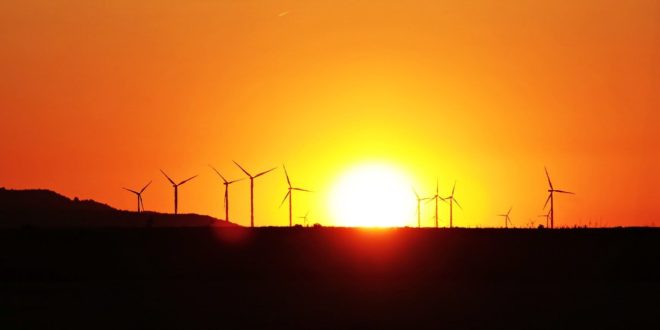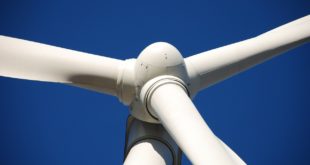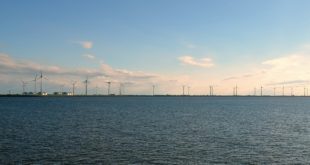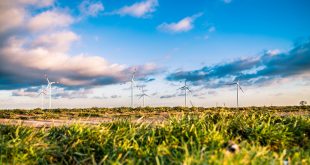In the 2014 Disney movie “Big Hero Six,” the futuristic setting of San Fransokyo is powered by a sky full of kite-shaped flying wind turbines that hover in the air above homes and businesses. This might seem like a flight of fancy — pun intended. However, in spaces that get a lot of wind and don’t have enough square footage to support a traditional wind farm, could aerial be an option? One new tech startup wants to prove just that.
Growing Reliance on Wind Power
While sceptics might argue against wind farms because of the amount of space they require, the fact remains that burning fossil fuels to generate electricity is harming the environment. The push toward sustainability means we will see a growing reliance on green options like hydro, solar and wind power.
About 17% of the electricity generated in the United States comes from green sources, with wind farms accounting for a little more than 17% of that number. In 2020 alone, the United States added 17 gigawatts (GW) of wind power capacity, bringing the running total to 122 GW. The 17 GW of wind energy installed in 2020 by itself is enough to power more than 5 million homes.
The push toward creating a sustainable future will rely very heavily on green energy sources like wind and solar. The biggest challenge with wind power is the size of the massive turbines. When it comes to land use, each megawatt of capacity requires three-quarters of an acre of land. A 2-megawatt turbine would require 1.5 acres, and a 1-gigawatt installation would take up 750 acres, or 1.2 square miles.
That’s fine when you’ve got vast stretches of empty land to work with. However, what are the other available options in more populated areas where you don’t have empty miles that can be developed into wind farms?
Taking to the Air
While they might not look like the fancy kites from “Big Hero Six,” high-altitude flying wind turbines could provide a power option for crowded spaces where big ones won’t fit. Skysails Power, a German tech startup, recently announced a concept for a flying wind turbine that could take advantage of the constant wind coming in off the ocean to generate electricity. Prototypes were scheduled to take to the air in Mauritius in 2021.
This company isn’t the only one working toward the creation of airborne wind turbines. Dutch startup Kitepower is working on a Falcon airborne wind platform capable of generating 100 kilowatts. Kitepower and Skysails Power plan to collect wind at a lower altitude — around 2,600 feet — but high-altitude flying wind turbines could also play a big role in this sort of power generation.
High-altitude wind speeds are usually a lot faster than they are at ground level. These upper-level winds — between 4 and 10 miles above the ground — can easily reach 100 mph or more. The biggest challenge is the practicality of putting turbines miles up into the air while transmitting that electricity down into the grid where it could be put to use.
The Future of Wind Power Is Looking Up
Wind power can help create a sustainable future, but covering the landscape with turbines isn’t practical or feasible in many parts of the country. Mid- and high-altitude wind farms will play an enormous role in making this energy accessible for the more populated parts of the country. We may not end up looking like the animation in a Disney movie, but flying wind turbines could take advantage of the consistent sea breezes or mountain winds that are currently untapped.
 Alternative Energy HQ solar power for homes, wind energy, and bio fuel issues
Alternative Energy HQ solar power for homes, wind energy, and bio fuel issues







